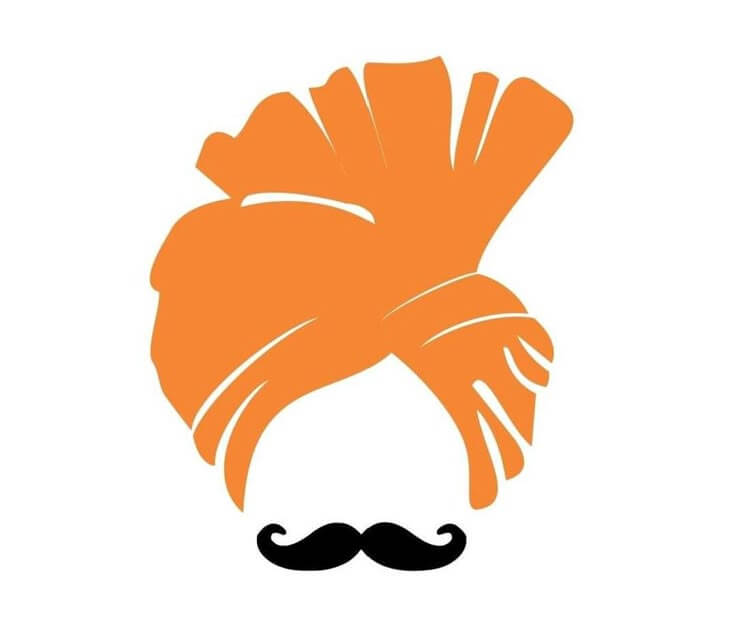Rangpanchmi: A Vibrant Celebration of Colors and Joy
Origin and Significance
Rangpanchmi, celebrated with exuberance in Maharashtra and other parts of India, marks the culmination of the Holi festival. This festival is observed on the fifth day after Holika Dahan and derives its name from “Rang” (color) and “Panchmi” (fifth day). Rooted in ancient Hindu traditions, Rangpanchmi is a joyous occasion dedicated to celebrating the victory of good over evil and the arrival of spring.
The festival holds spiritual significance, symbolizing the purification of the atmosphere through the playful use of colors. It is believed that these colors invoke the presence of divine energy, fostering happiness, harmony, and prosperity in the community.
Why Rangpanchmi is Celebrated
Rangpanchmi is celebrated to rejoice in the spirit of togetherness, equality, and joy. The use of colors signifies the breaking down of social barriers, as people from all walks of life come together to celebrate. The festival is also associated with the worship of divine energies and the purification of the environment, making it a deeply symbolic and cultural event.
When and Where Rangpanchmi is Celebrated
Rangpanchmi is observed five days after Holika Dahan, which usually falls in the month of March, as per the Hindu lunar calendar. While it is celebrated across India, the festival is particularly popular in Maharashtra, Madhya Pradesh, and parts of North India.
In Maharashtra, cities like Pune, Nashik, and Mumbai witness grand celebrations, with communities organizing special events and gatherings.
Rituals and Celebrations
The celebration of Rangpanchmi is marked by joy, camaraderie, and the vibrant use of colors. Here are the key aspects of the festival:
Play with Colors:
Participants throw colored powders and spray colored water at each other, creating a lively and festive atmosphere.
Traditional organic colors are often used, ensuring safety and environmental friendliness.
Community Gatherings:
Rangpanchmi is celebrated as a community event, with people coming together in open spaces, streets, and parks to play with colors.
Music, dance, and traditional songs add to the festive spirit.
Processions and Cultural Events:
In some regions, colorful processions are organized, featuring traditional music, dhol-tasha performances, and folk dances.
These processions showcase the cultural richness and diversity of Maharashtra.
Special Offerings and Rituals:
Devotees offer prayers to deities, seeking blessings for prosperity and happiness.
Sweet delicacies like puran poli, gujiya, and thandai are prepared and shared among family and friends.
Highlights of Rangpanchmi
The essence of Rangpanchmi lies in its vibrant and inclusive celebrations. The festival breaks social barriers and brings people together, fostering a sense of unity and joy. The sight of streets filled with people drenched in colors, accompanied by music and laughter, creates an unforgettable experience.
In Maharashtra, the unique blend of traditional rituals and modern festivities adds a special charm to Rangpanchmi. The festival not only celebrates the arrival of spring but also reflects the cultural vibrancy and communal harmony of the region.
Accessibility and Visitor Information
Major cities in Maharashtra, such as Mumbai, Pune, and Nashik, are well-connected by road, rail, and air, making it convenient for visitors to experience Rangpanchmi celebrations. Local communities and cultural organizations often organize public events, welcoming tourists to join in the festivities.
For those looking to immerse themselves in the colorful and joyous spirit of Maharashtra, Rangpanchmi offers an unforgettable cultural experience. The festival’s blend of tradition, community bonding, and vibrant celebrations makes it a highlight of the state’s festive calendar.


